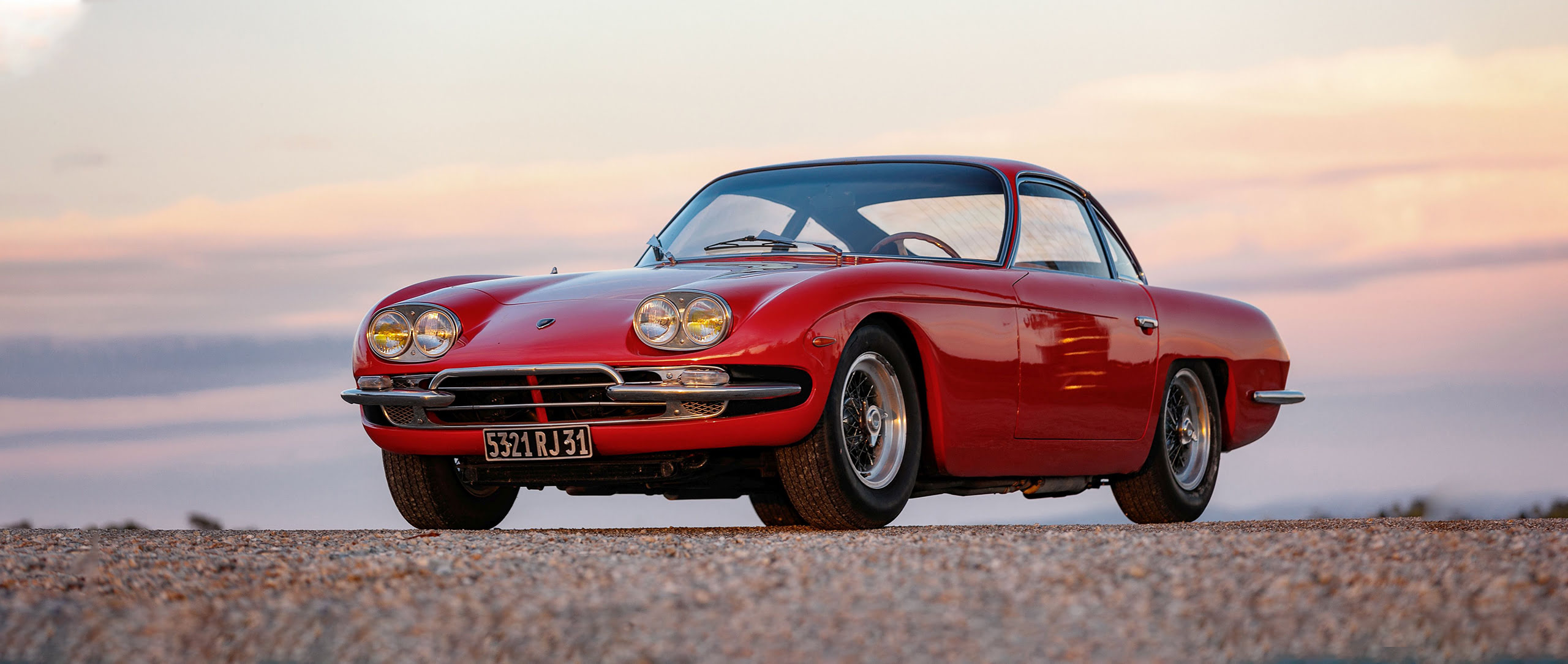Feverish deals
17 September 2020 2 min read 5 images

Have you ever seen those videos on the internet where mints are dropped in a bottle of cola causing it to erupt? This image perhaps best illustrates what happened to the André Trigano collection at the recent Artcurial auction.
Register to unlock this article
Signing up is free and gives you access to hundreds of articles and additional benefits. See what’s included in your free membership. See what's included in your free membership.
Already have an account? Log In